 |
surfresearch.com.au
glossary
: t
|
| home | catalogue | history | references | appendix |
 |
surfresearch.com.au
glossary
: t
|
|
|
|
|
|
|
|
|
|
|
|
|
|
|
|
|
|
|
|
|
|
|
|
|
|
|
|
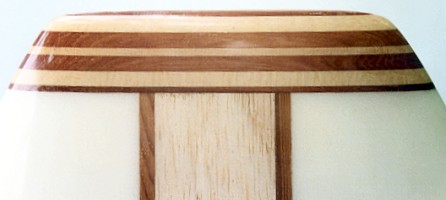

| template / plan shape
/ outline / profile 1. The two external curves that proscribe the outer dimensions of a board when viewed in plan, either the deck or the bottom. According to Leonardo da
Vinci, there are three basic template shapes,
essentially determined by the location of the widest
point. Double Ender.
Foil. Pig. |
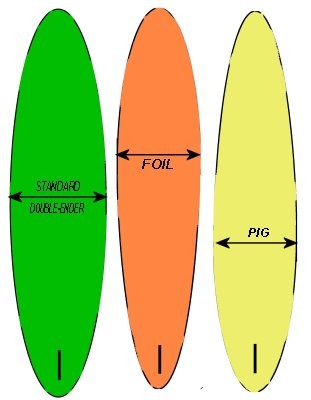 |

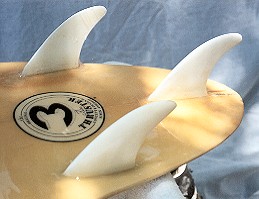
| Tracker (2) Model name for Bob McTavish at Morey-Pope Surfboards (USA) circa 1968. Not the design above (1) , but a modified V-bottom design for the US market. |
 |
| Tracker
(3) Surfwear and accessories comany, circa 1970-1976. Note the Tracker Drag Shute, see Glossary D. |
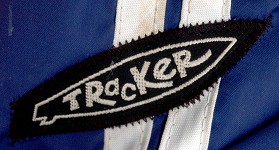 |
| Tri-fin
large central fin with two very small rail fins. First use 1971, following experimentation with the Twin fin #1, credited to Sam Hawke, Owl Chapman, Corky Carroll, others. Early reports of plastic side fins with adhesive backed base, marketed as an add-on to existing single fin boards. Australian application by Bob McTavish (Bennett Surfboards), Terry Fitzgerald (Shane Surfboards), Paul and Rick Neilson (Neilson Bros. Surfboards). Further application by Mike Eaton/ Campbell Bros. (USA) Bonzer design, 1973. Common use on Peter Crawford Slab kneeboards, Crozier Surfboards1973 to 1986. Influence on Simon Anderson’s Thruster design, Energy Surfboards 1981. Revised by Terry Fitzgerald Drifta design, Hot Buttered Surfboards 1986. Extensive use since 1990 on plus 8 ft longboards. Not to be confused with Thruster fins. |
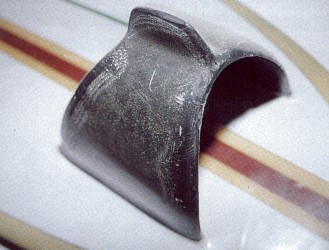
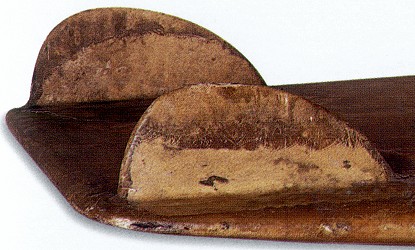
| Twin Fin #2 1976 Mark Richards (via Reno Aberllo, Hawaii) which was the dominant small wave board design 1977 – 1981. Also note Butterfly fin. |
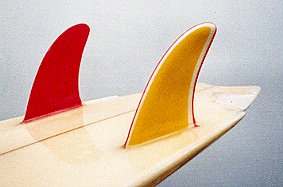 |

|
|
|
|
|
|
|
|
|
|
|
|
|
|
|
|
|
|
|
|
|
|
|
|
|
|
|
| home | catalogue | history | references | appendix |